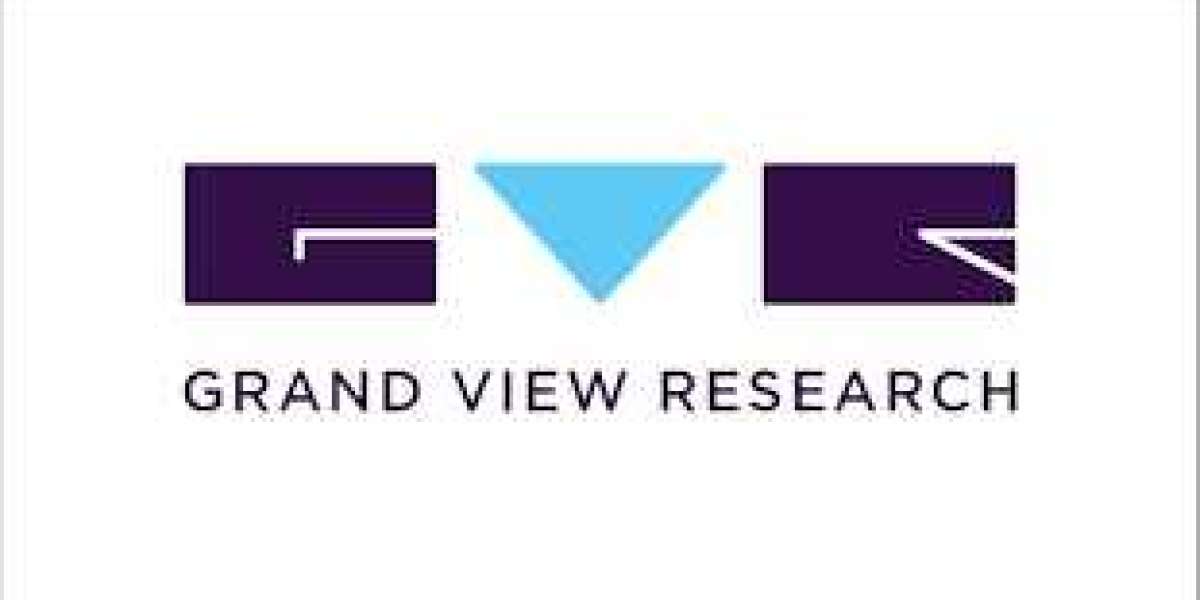The global smart home automation market experienced significant growth, reaching a valuation of USD 64.66 billion in 2022. This market is expected to expand at a rapid compound annual growth rate (CAGR) of 27.3% from 2023 to 2030, driven by rising consumer demand for remote operation capabilities and interactive home experiences. The increasing adoption of smart assistants further fuels market expansion, with major brands continuously innovating to meet evolving consumer expectations. For example, Apple, Inc. introduced its second-generation HomePod in January 2023, equipped with advanced features and sensors supporting home automation.
Opportunities in Smart Home Automation
The growing potential for mobile applications and centralized automation platforms is expected to shape the industry’s future. These platforms offer users a single-point control for connected devices, streamlining automation processes. Companies are leveraging mobile applications to enhance accessibility; for instance:
- Samsung Electronics Co., Ltd. developed SmartThings, an application that integrates smart products like refrigerators and washing machines into a single automated system.
- LG Electronics introduced LG ThinQ, a smart automation app compatible with both Android and iOS devices, allowing seamless control over household appliances.
Role of IoT and Internet Connectivity
The rising accessibility of high-speed internet has significantly contributed to market expansion, enabling connectivity between smart home devices for remote monitoring and control. A notable example is India, which recorded 336.60 million urban internet subscribers in January 2022, as per the Telecom Regulatory Authority of India (TRAI).
Additionally, the Internet of Things (IoT) has revolutionized the industry by supporting device-to-device communication for an enhanced interactive experience. The adoption of IoT-powered home automation has surged, with an estimated 14.4 billion connected IoT devices in 2022, according to IoT Analytics. This figure is projected to reach 27 billion by 2025, reflecting growing demand for seamless automation solutions.
Luxury Lifestyle Trends and Market Expansion
The rising awareness of home automation technology, coupled with increasing consumer preference for premium lifestyle solutions, has accelerated market growth. Consumers are actively seeking smart applications for voice control, energy management, and overall convenience in their daily routines. Advanced automation systems now provide continuous connectivity, allowing homeowners to control multiple devices effortlessly, thereby improving comfort and efficiency.
Competitive Strategies and Market Innovations
Manufacturers are adopting cost-effective strategies to attract customers, offering competitively priced smart home products without compromising quality. To expand their portfolios, companies are acquiring smaller startups, integrating new technologies, and focusing on exclusive feature-rich solutions.
For instance, in September 2022, Goove launched its LED Strip Light M1, featuring:
- Music sync capabilities,
- Customizable color settings,
- Smart assistant support, among other advanced functionalities.
With continued technological advancements, strategic partnerships, and increasing consumer interest, the smart home automation market is poised for substantial growth in the coming years. Companies that effectively integrate cutting-edge features while maintaining affordability will likely emerge as key industry leaders.
Get a preview of the latest developments in the Smart Home Automation Market? Download your FREE sample PDF copy today and explore key data and trends
Detailed Segmentation:
Component Insights
The hardware component led the smart home automation market in 2022, securing the highest market share and is projected to maintain its dominance through 2030. This growth is driven by the increasing demand for home automation hardware, including lighting control systems, security access control devices, smoke detectors, and various connected home solutions. As consumers continue to prioritize security and convenience, investments in hardware-based automation are expected to rise steadily.
Application Insights
The smart kitchen segment is forecasted to register the highest compound annual growth rate (CAGR) during the 2023–2030 period, owing to the proliferation of automated kitchen appliances designed for enhanced convenience and efficiency. A notable example is General Electric Company's Profile smart mixer, introduced in January 2023, featuring voice assistant integration and connectivity capabilities. The growing trend of smart cooking solutions reflects consumers' desire for effortless meal preparation, fueling the segment’s expansion.
Technology Insights
The wireless technology segment is expected to exhibit the fastest growth rate over the forecast period, propelled by its seamless connectivity features. Wireless protocols such as ZigBee, Wi-Fi, Bluetooth, and Z Wave play a crucial role in improving smart home communication while minimizing impact on battery life and operational range. Manufacturers are increasingly adopting efficient wireless protocols to ensure smooth interoperability among connected devices, contributing to the strong momentum of this technology segment.
Fitment Insights
The retrofit fitment segment accounted for the highest revenue share in 2022, with continued dominance anticipated through 2030. The segment’s growth is largely attributed to the prevalence of existing housing infrastructure, requiring retrofit solutions for smart home integration. According to Architecture Design, the global housing stock included approximately 2.3 billion homes in 2021, reinforcing the need for retrofitting automation systems to cater to modern digital lifestyles.
Regional Insights
The North American market led the global smart home automation industry in 2022, holding the highest revenue share. The U.S. market remains the primary growth driver due to several factors, including:
- Widespread adoption of smart home technologies,
- Presence of industry-leading companies,
- Emergence of innovative startups,
- High penetration of connectivity solutions in residential spaces.
The popularity of automation solutions, coupled with rapid technological advancements, continues to reinforce North America's strong market position. With evolving consumer preferences and expanding smart home infrastructure, the region is expected to maintain its leadership in global smart home automation trends.
Key Companies Market Share Insights
For instance, in December 2022, Schneider Electric partnered with Smartworld Developers Pvt. Ltd. to develop 360-degree home automation systems.
The prominent players in the global smart home automation market are:
- ABB Ltd.
- Control4 Corporation
- Crestron Electronics, Inc.
- Honeywell International, Inc.
- Ingersoll-Rand plc
- Johnson Controls
- Legrand SA
- Leviton Manufacturing Company, Inc.
- Lutron Electronics Co., Inc.
- Schneider Electric
- Siemens AG
Order a free sample PDF of the Market Intelligence Study, published by Grand View Research.





